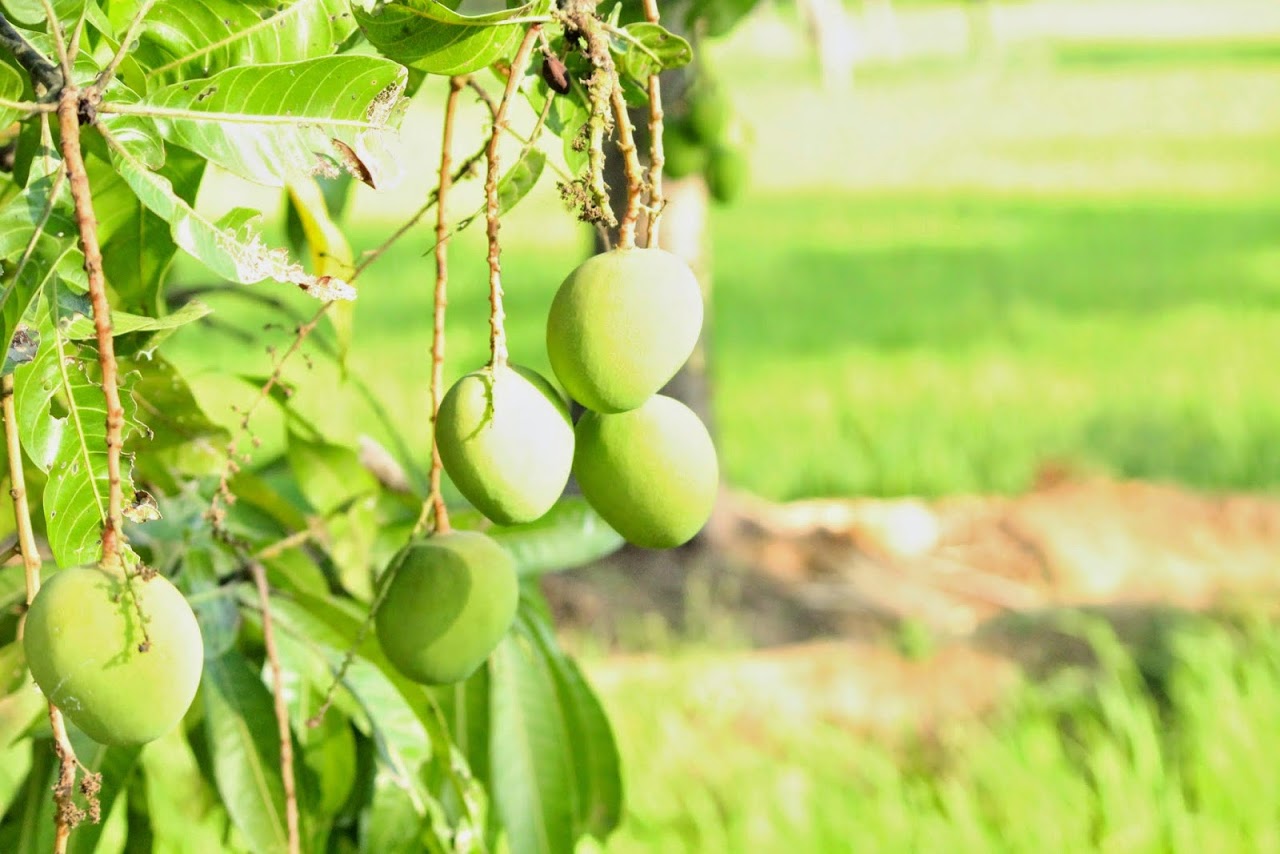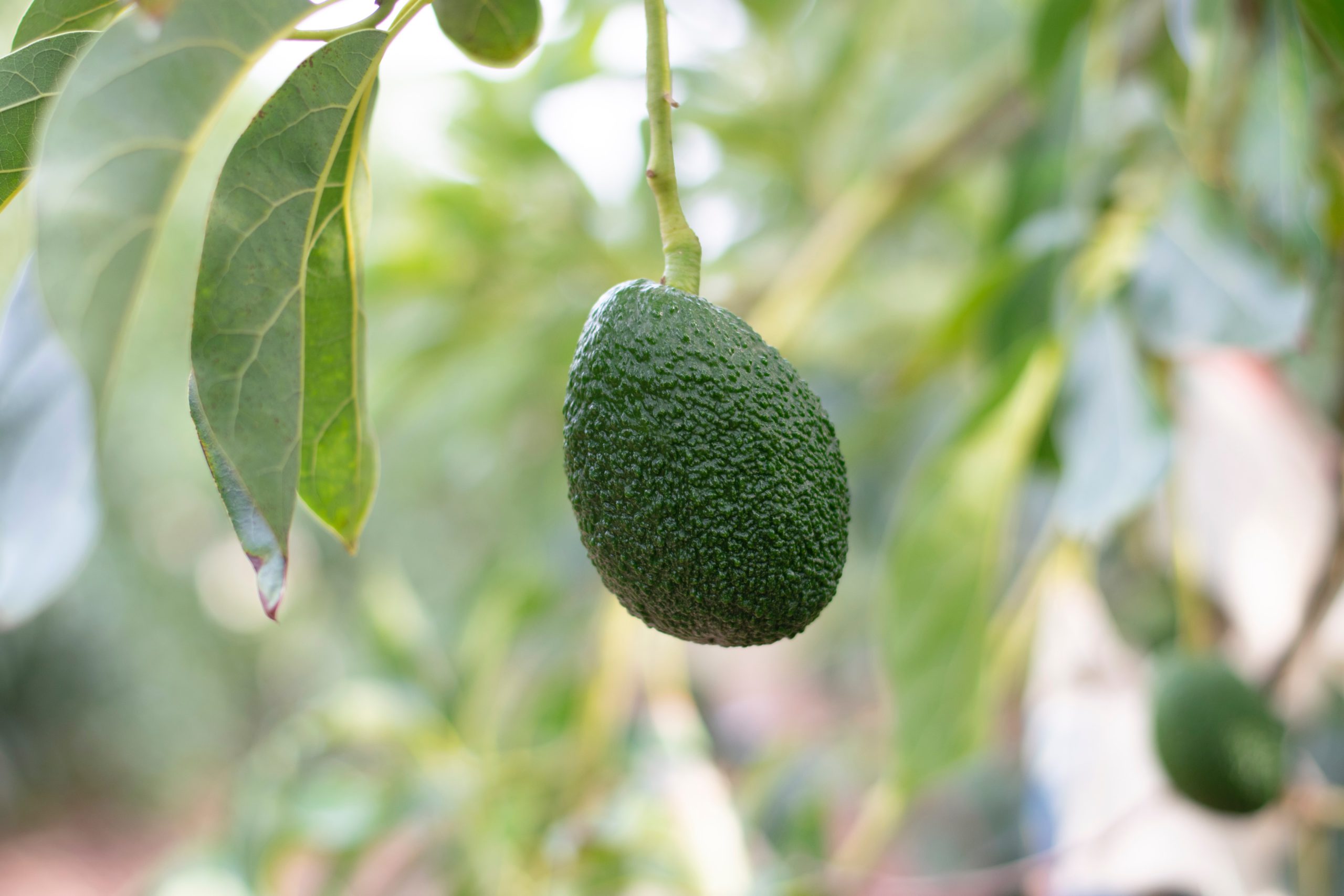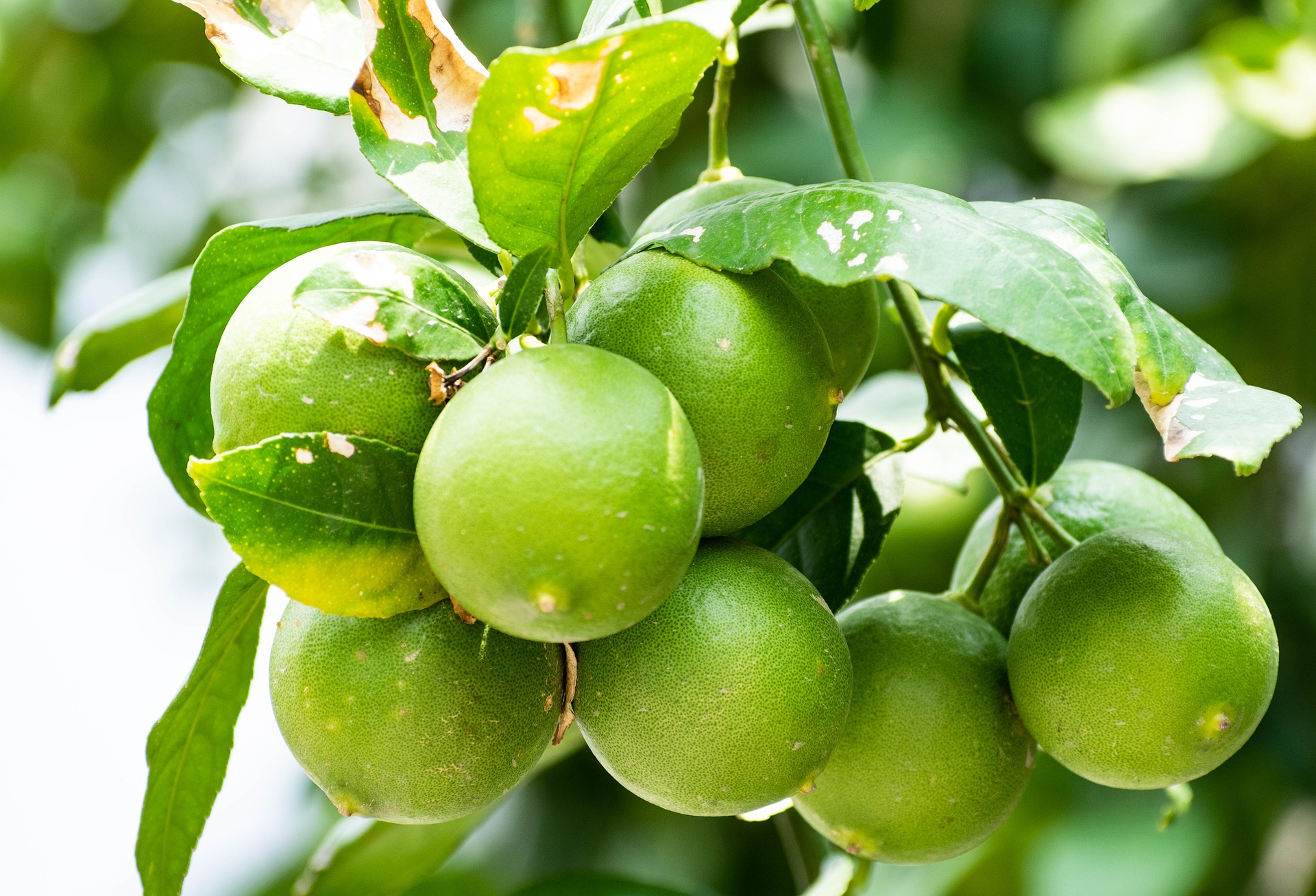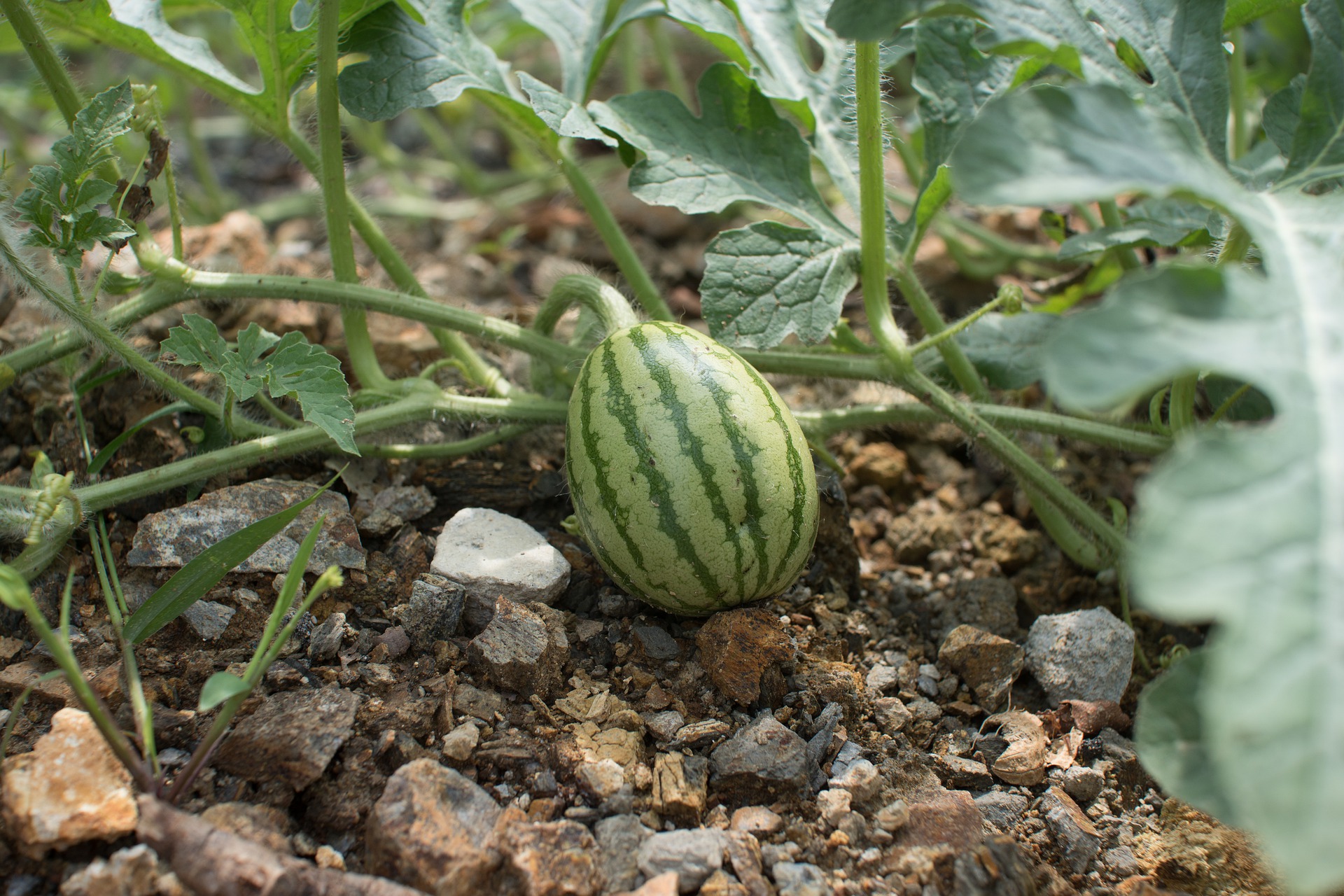Your cart is currently empty!
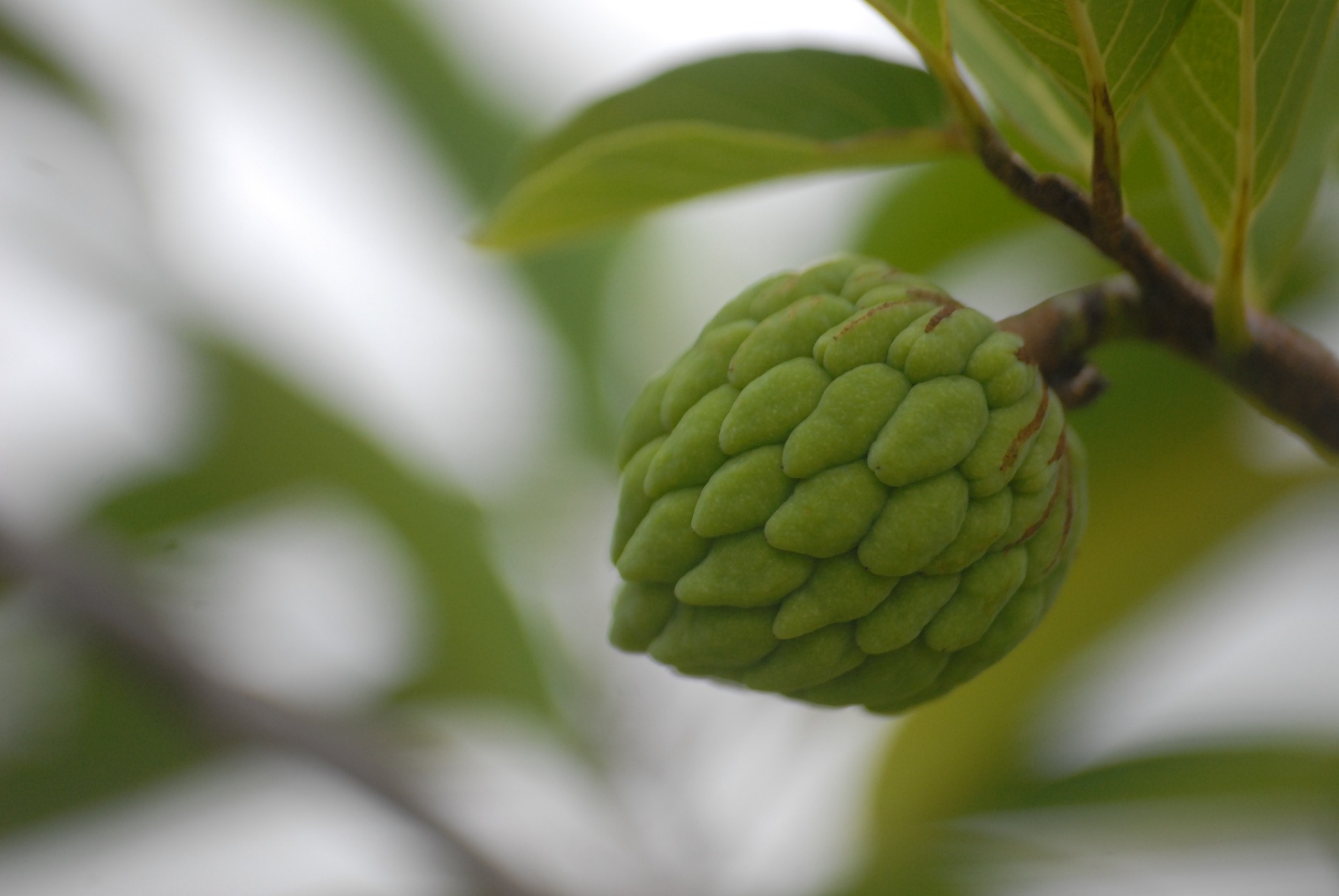
Custard Apple – Sharifa / Sitaphal farming Yield , Profit per acre
Custard apple is not native to India but grow well in many parts of India, especially parts of Maharashtra and Gujarat, which is the highest producer of custard apples in India. They are also grown in Bihar, Orissa, Tamil Nadu, Karnataka, and Andhra Pradesh in rain-fed areas. The cultivation of custard apple is profitable in areas where the soil is rocky and rainfall is moderate. Custard apple does not grow well in cold weather and hill stations should be avoided.
Why custard apple cultivation
- It is a hardy plant that tolerates drought and grows in almost all soil conditions
- Low water requirements. Rainfed crops are more common though there are farmers who incorporate drip irrigation. Flood irrigation should be avoided
- Very less pests and diseases. Whitefly, powdery mildew is often seen but doesn’t affect the plant much. A light spray or organic pesticides or sulfur should deter most pests.
- The plant requires very low maintenance and is easy to cultivate compared to other crops which require more care, attention, and money.
Drawbacks of Custard apple cultivation
- Moderate price when compared to other crops.
- Custard apple trees take up to 4 years to grow to maturity. Fruits set is seen by 2 years but is not commercially viable. The time to first harvest is 2-4 years. Commercial harvest as possible from the 4th year with 15 Kg fruits per plant and up to 25 kg per plant in the third year.
Is custard apple profitable?
Depending on locations, custard apple has shown profits of 25,000 rupees per acre to up to 2 Lakh rupees per acre. The question also arises if there is a more profitable crop that can be grown instead of custard apple in the same land to earn better profit.
Some land is fertile, rich and water availability is high or moderate. While some are in the hills with higher altitudes and very fertile and others in the plains but still very fertile with rich soil. These fertile land can grow a lot more other crops and which are more profitable than sitaphal. Mangoes, guava, and other orchard fruits are alternate to custard apple when it comes to profitability if your land supports it. But then there is also a question of demand.
Where sitaphal is profitable is in a land where nothing else grows. Where there is a lack of water or irrigation. Annual rainfall is low to moderate. Soil conditions are rocky. These are excellent places to grow sitaphal. While these land areas cannot be used to cultivate many of the other crops like vegetables or cereals sometimes even fruits, sitaphal will thrive in these areas. When a land area that does not make any money at all is used to turn profits of 2 Lakh rupees per year, that’s real value.
No matter the case, sitaphal is a profitable crop. And here are some reasons why
- The total cost of installation and maintenance for crops in one-acre land is approximately 1 Lakh rupees. This is a very moderate cost and includes the cost of plants, land preparation, and a drip setup. Weeding is done 2 to 3 times a year and the plants are maintained for 2 years without any profit.
- Maintenance is low. For 2 years there is no maintenance at all. The plants are allowed to grow to a height of 3-4 feet before its pruned to initiate branches. Water requirement is minimal and once in 2 weeks is recommended during summers
- Maintenance after the 4th year is pruning, which takes approximately 3 days for 2 men or women.
- Trimming and thinning are easy With a plant height of not more than 6-8 feet, the plants are easy to maintain and thin or trim down. No extra accessories or machinery is required. Nevertheless, the tree requires no pesticides or chemicals anyways.
- Easy picking of fruits: the height of the plants enables picking easily. Fruits can be picked in a one-acre farm with full fruits in less than a day with 5-6 laborers.
- Easy transportation and marketing: Custard apple has a market that already exists. Everyone knows the fruit and it’s not new to the Indian market. When the fruits are available, customers are always ready to purchase, the fruits can be transported as they are hard when plucked and not ripe and soft.
- Availability of processed product manufacturers: Custard apples are used in ice creams and many other confectioneries. When there is excess production, many of these vendors are ready to buy the product and a nominal cost.
But how much profit does a sitaphal farm make?
Ref: http://www.ists.in/articleFiles/1709161019445.pdf
Sitaphal is cultivated in both high density and normally. Normally, the distance between plants is 16X8 feet. Approximately 400 plants can be accommodated per acre of land. This setup allows the movement of tractors and other heavy utilities. A slightly higher density of 14X8 or 12X 8 is also practiced depending on the area cultivated. Large areas to be cultivated will require the movement of heavy machinery for picking and moving the products once harvested. Wider space will also allow easy application of fertilizers and pesticides. This comes with a drawback too.
- Large spaces will allow more space for other plants to grow. Weeds are common where the plantation is not done with the right spacing and wider spacing allows more weeds. This adds cost to the farmer and also wasted space.
- Lower yield: in most cases, lesser trees means lesser yield. A high-density plantation is known to have a higher yield per acre than those in traditional methods. Unfortunately, the maintenance in a high-density farm is slightly higher than in traditional farming
Apart from these 2 drawbacks, spacing it in a 12X8 feet method often is great for optimum yield and minimal maintenance.
| Expenses | |
| Land preparation | 20,000 |
| Fertilizers and Manure | 50,000 |
| Drip Irrigation | 50,000 |
| Irrigation | 5,000 |
| Labor | 35,000 |
| Plant Protection | 10,000 |
| PRuning | 25,000 |
| Harvesting | 15,000 |
| Marketing and Transportation | 35,000 |
| Total Expense | 2,45,000 |
The cost of planting material is not considered here as plants are usually prepared from seeds. Seed cost is approximately 500 rs per Kilo. grafted plants cost 50 Rs per plant and approximately 500 plants will be required per acre. This can be added if you are planting grafted plants or purchasing plants from a nursery. The total cost would be 25000 for plants alone per acre.
Though the expenses may look high, note that it’s the total expense for approximately 4 years. Your yield will start in the second or third year but will not be feasible for commercial purposes. Commercial yield will start only from the 4th or 5th year.
Custard apple Yield per acre and per tree.
In commercial farming, the practice of pruning and thinning is key for good-quality fruits. Thinning reduces the number of fruits per tree while the quality is greatly improved. In the commercial cultivation of custard apple, it’s important to allow only 50 fruits per tree. Thinning of all small fruits in bunches allowing only one or 2 fruits to remain increases the quality and size of the fruits. With higher quality fruits, there is a good chance that the price will increase too.
Also, some varieties like the Golden have a higher weight per fruit. This means you will have more weight overall and increased yield in terms of weight. This greatly impacts the price you can demand and thus the profit.
An average of 50 frits per plant and 500 plants per acre should yield 25000 fruits per acre. The average weight of a fruit is 250 Grams… This means you would be able to harvest 6.5 Tonnes per year per acre. With an average price of 45 Rs per kilo which is the lowest, your annual income for the 4th year should be around 2,81,250. You will cover all costs and make a profit of approximately 35, 000 in the 4th year and thereafter a profit of 2 Lakh rupees per acre.
With higher quality plants, like the golden variety, chances are your yield will be much higher in weight with each fruit gaining to be around 400 grams. The yield per acre in the golden variety is much higher at roughly 10 tonnes per acre. The amount translates to 4,50,000 rupees in turnover with a profit of approximately 1.5 Lakh rupees
Areas of Cultivation
Custard apple, also known as Sitaphal or Sharifa, is a tropical fruit that is cultivated in various regions of India. It thrives in warm and humid climates, and it can be found growing in both commercial orchards and home gardens. Here are some of the main areas of cultivation for custard apple in India:
- Maharashtra: The state of Maharashtra, particularly regions like Ratnagiri, Raigad, and Sindhudurg, is known for its custard apple production. Ratnagiri Alphonso, a famous variety of custard apple, is highly regarded in this region.
- Andhra Pradesh: Parts of Andhra Pradesh, including Chittoor, Nellore, and Kadapa districts, have favorable conditions for custard apple cultivation. The region is known for producing high-quality custard apples.
- Tamil Nadu: Custard apple cultivation is prominent in parts of Tamil Nadu, including the districts of Tiruchirappalli, Madurai, and Coimbatore. The fruit is often consumed fresh or used in various culinary preparations.
- Gujarat: In Gujarat, custard apple is grown in regions such as Junagadh, Valsad, and Navsari. The Girnar mountain range in Junagadh is particularly known for its custard apple orchards.
- Bihar: The state of Bihar, especially districts like Vaishali, Nalanda, and Muzaffarpur, is known for custard apple cultivation. It is a popular fruit among the local population.
- Uttar Pradesh: Some areas in Uttar Pradesh, such as Azamgarh, Pratapgarh, and Faizabad, have suitable climatic conditions for custard apple cultivation. The fruit is often grown in home gardens and small-scale farms.
- Karnataka: Certain regions in Karnataka, including parts of Bengaluru Rural, Chitradurga, and Tumkur, are known for custard apple cultivation. The fruit is widely consumed and appreciated in the local markets.
- West Bengal: In West Bengal, custard apple cultivation is observed in regions like Malda, Murshidabad, and Nadia. The fruit is often consumed fresh or used to make desserts and beverages.
These are some of the key areas where custard apple is cultivated in India. However, it is worth noting that custard apple can be grown in other suitable regions with favorable climatic conditions throughout the country.
Market Potential
Custard apple has significant market potential in India due to its unique taste, nutritional value, and increasing demand among consumers. Here are some factors contributing to its market potential:
- Growing Demand: The demand for custard apple is steadily increasing in India due to its delicious flavor and health benefits. Consumers are becoming more conscious of their dietary choices and are seeking natural, tropical fruits like custard apple. This rising demand creates opportunities for farmers and businesses involved in custard apple cultivation and distribution.
- Nutritional Value: Custard apple is a rich source of vitamins, minerals, and dietary fiber. It contains antioxidants, which are believed to have various health benefits. As people are becoming more health-conscious, the nutritional value of custard apple makes it an attractive choice in the market.
- Culinary Use: Custard apple is used in various culinary preparations, including desserts, milkshakes, ice creams, and smoothies. Its unique flavor and creamy texture make it a popular ingredient in many recipes. This versatility opens up opportunities for the food and beverage industry to incorporate custard apple into their products.
- Traditional Medicine: In traditional Indian medicine systems like Ayurveda, custard apple is believed to have medicinal properties. It is used to treat ailments like diarrhea, dysentery, and arthritis. This association with traditional medicine adds to the market potential of custard apple as consumers increasingly explore natural remedies.
- Export Potential: India has the potential to export custard apple to international markets. The fruit’s exotic appeal, along with its taste and nutritional benefits, can attract consumers abroad. With proper quality control and packaging, custard apple can be a promising export commodity, contributing to the growth of the agricultural sector.
- Value-Added Products: Apart from fresh fruit consumption, custard apple can be processed into value-added products such as jams, jellies, preserves, and fruit bars. These products cater to consumers looking for convenient and innovative options, further expanding the market potential for custard apple.
- Horticultural Development: The horticulture sector in India is actively promoting the cultivation of custard apple and providing support to farmers. This focus on horticultural development, including improved cultivation techniques and hybrid varieties, enhances the market potential by ensuring higher yields and better-quality fruits.
Considering these factors, the market potential for custard apple in India is promising, both in domestic consumption and export opportunities. It presents a profitable venture for farmers, food processors, and entrepreneurs who can capitalize on the increasing demand and diverse applications of custard apple.
Recent Categories
Recent Posts
Post Archive
Category Tags
There’s no content to show here yet.

